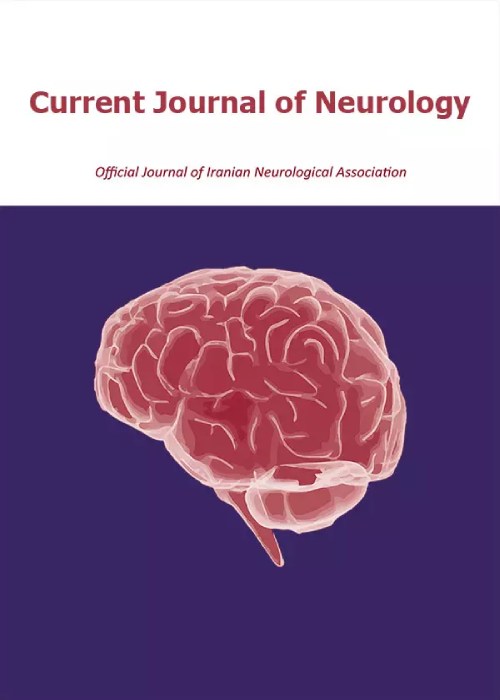Evaluation of obsessive-compulsive disorder prevalence in Iranian patients with multiple sclerosis and its relationship with demographic characteristics
The present study examined the prevalence of obsessive-compulsive disorder (OCD) among Iranian patients with multiple sclerosis (MS) and the relationship between OCD and the patient’s demographic characteristics.
The present study used a cluster sampling method to randomly select 297 patients with MS from the patients referred to the MS Clinic and Research Center of Sina University Hospital, Tehran, Iran, during 2018-2019. To gather the required data, a questionnaire consisting of demographic characteristics and disease information sections was used. Moreover, Yale-Brown Obsessive Compulsive Scale (Y-BOCS), Obsessive-Compulsive Inventory-Revised (OCI-R), and Hospital Anxiety and Depression Scale (HADS) were employed in the present study. The comparison of qualitative and quantitative values between OCD-positive and negative groups was examined with chi-square test and independent samples t-test, respectively. Binary logistic regression was used as multivariate modeling to adjust the effects of potential confounders that could distort the relation of OCD with intended variables. Data were analyzed using SPSS software. The significance level was considered lower than 0.05.
Of the total of 297 patients, 77.8% were women. Moreover, analysis of the data obtained from the HADS questionnaire revealed that 11.44% (n = 34) and 15.15% (n = 45) of patients had severe depression and severe anxiety, respectively. The results of Y-BOCS indicated that the prevalence of severe OCD among patients was 19.9%. The OCI-R questionnaire revealed that the prevalence of OCD was 47.8%, which was consistent with the total of moderate, severe, and extreme values of Y-BOCS (47.9%). Furthermore, the subscales of ordering-arranging with 69 patients (22.9%) and obsessing with 46 patients (15.5%) indicated the highest frequencies as compared to other subscales. Moreover, OCD had a significant relationship with depression, anxiety, and type of MS in this regard.
In this study, the prevalence rate of OCD among patients with MS was higher than its rate among the general population.
- حق عضویت دریافتی صرف حمایت از نشریات عضو و نگهداری، تکمیل و توسعه مگیران میشود.
- پرداخت حق اشتراک و دانلود مقالات اجازه بازنشر آن در سایر رسانههای چاپی و دیجیتال را به کاربر نمیدهد.



